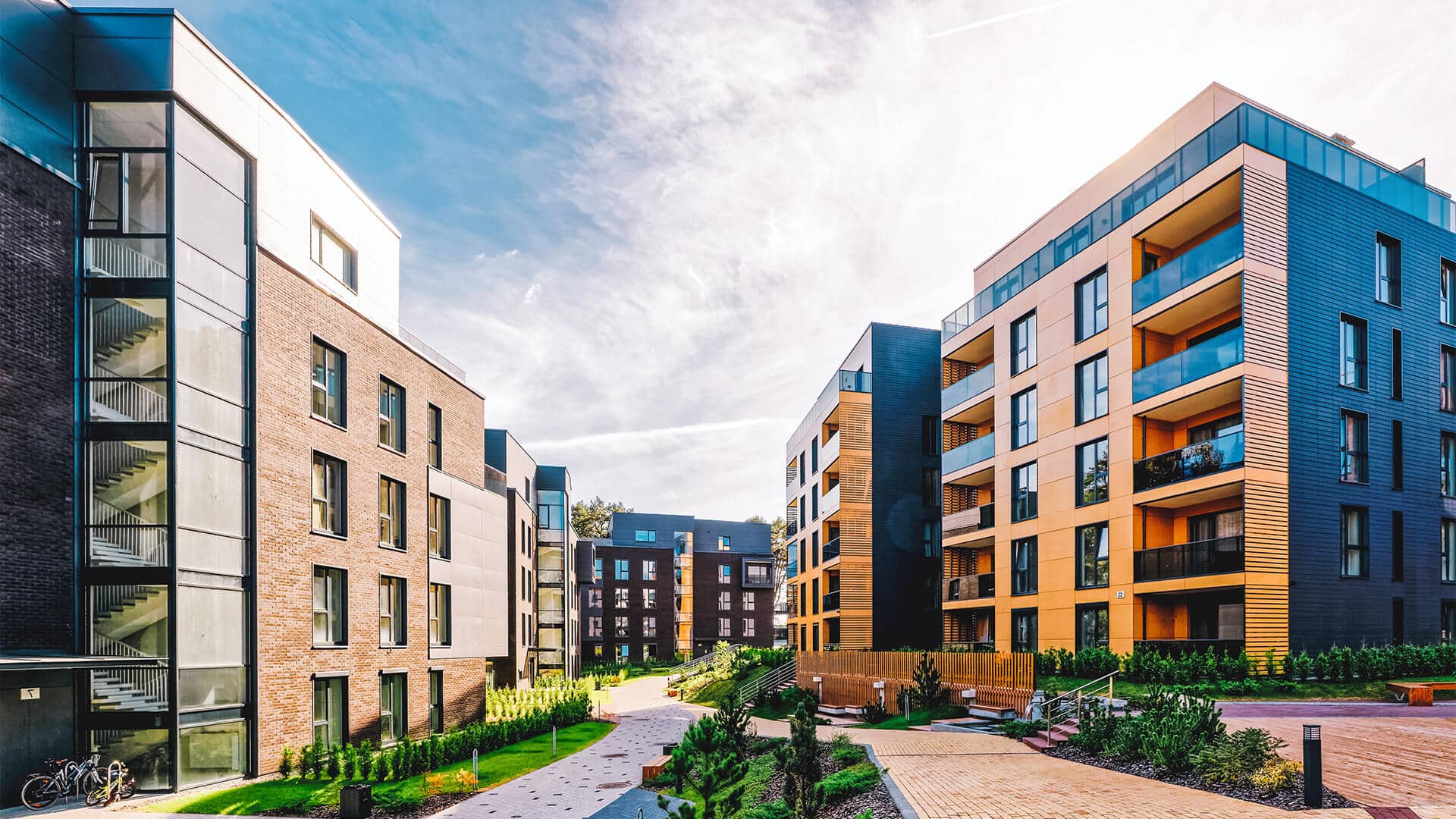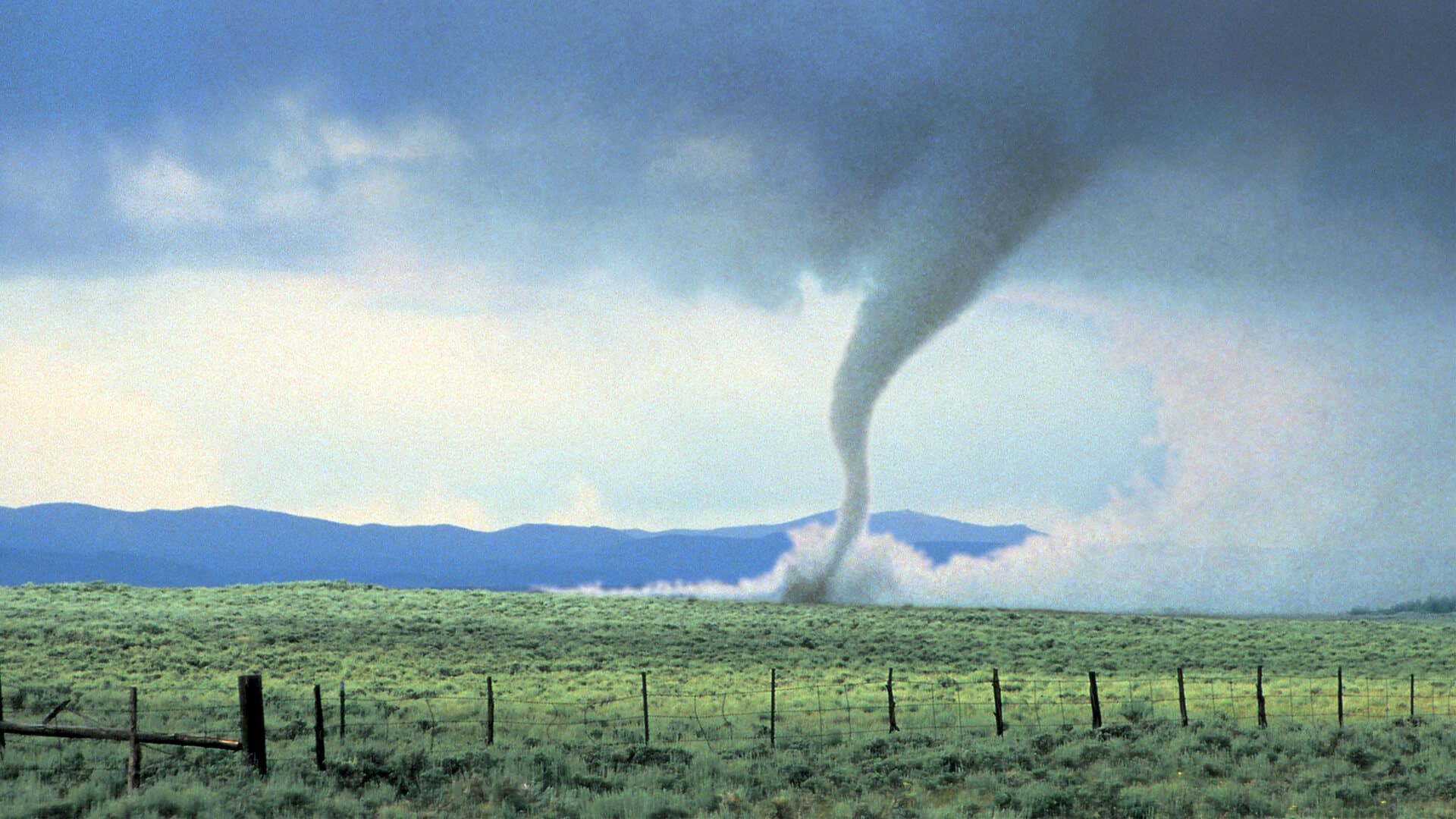Last summer, the U.S. saw an alarming increase in heat-related fatalities, reaching a 45-year high as prolonged heat waves blanketed the country. Many regions struggled to cope with the relentless temperatures, highlighting the urgent need for better preparation and response strategies.
Amid this national crisis, Miami emerged as a notable example of effective heat management, showcasing how proactive measures can mitigate the deadly impacts of extreme heat. The city faced an unprecedented 46-day streak of triple-digit ‘feels-like’ temperatures, but managed to keep the death toll surprisingly low nonetheless.
“Completely unprecedented. […] The number of records we broke and the margins we broke them by was unimaginable.” University of Miami tropical weather expert Brian McNoldy said. “In the four months from mid-June to mid-October, the heat index record was broken 40% of the days.”
Miami’s success lies in meticulous preparation and a year-round focus on heat management, as reported by the Associated Press. Months before the city’s designated heat season begins on May 31, local officials are already planning and taking action.
Led by Miami-Dade’s heat officer Jane Gilbert, the city treats heat with the same seriousness as hurricanes. Officials identify the most vulnerable regions by analyzing emergency department visits and hospitalizations by zip code. Some areas—impacted by the urban heat island effect, poverty, and lack of greenery—can be significantly hotter than others.
Volunteers conduct “trifecta trainings” across the county, engaging with vulnerable populations and educating residents on how to handle extreme heat, recognize danger signs, and take preventive measures. These sessions are offered in English, Spanish, and Haitian Creole, ensuring broad reach. The county also distributes cool towels to the homeless, coordinates water donations, and provides maps of cooling sites along with transportation options during severe heat.
While many Miami residents have air conditioning installed, high costs and inefficient systems mean some don’t use them as needed. To address this, the county installed 1,700 efficient AC units before last summer to make sure everyone had access to adequate cooling.
Additionally, the county and local weather service lowered the thresholds for heat advisories and warnings. Previously, a heat warning required a ‘feels-like’ index of 113 degrees, which had never been reached in Miami. Last year, the threshold was lowered to 110 degrees, resulting in the county’s first-ever heat warning and seven such warnings throughout the summer. The advisory threshold also dropped from 108 to 105 degrees, leading to a record 38 days under heat advisory in Miami-Dade.
This proactive approach has proven effective. While Maricopa County, Arizona, reported 645 heat-related deaths, and Texas and Nevada saw significant numbers as well, Miami-Dade’s official heat-related death count remained below 10. This success is partly due to targeted outreach and education efforts in vulnerable communities, utilizing digital ads and public messaging.
Although tracking heat-related deaths can be challenging and varies by location, Miami’s comprehensive heat management strategies set a strong example. Experts highlight Miami, along with Phoenix and Houston, as model cities for addressing the growing threat of heat waves exacerbated by climate change. Miami’s forward-thinking approach underscores the importance of preparation and community engagement in mitigating the dangers of extreme heat, which will likely worsen until we manage to reverse the current climate trajectory.











